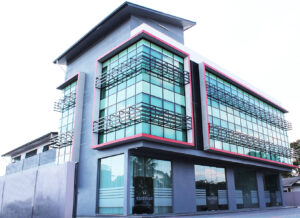LPG is hydrocarbon which consist either propane, butane or a mixture of both with propane (30-40%) and butane (60-70%). LPG is produced from oil refining process or extract from natural gas production. It transport trough LPG tanker to the customer. LPG is considering as efficient and innovative energy benefit to the customer, industry and environment. LPG is colourless, odourless and highly flammable. LPG is produced from natural gas and oil extraction (66%) and from oil refining (34%). As an associated gas, it is automatically generated during the production of methane and during the refining process itself. If LPG wasn’t captured at this point, it would have to be destroyed through flaring or venting, an unacceptable waste of an immediately available and exceptional energy source. In Europe, LPG mainly consist of Propane only since it boiling point easier to use at low temperature
Where LPG Been Used
One of LPG’s greatest strengths is its versatility, with over 1000 different uses: in the home for heating and real flame cooking; in the garden for barbecues; in your vehicle to lower your transport costs; commercially in forklift trucks, farming, industrial heating, catering and caravan parks to name but a few.
How Is It Stored
Once again LPG’s versatility allows it to be stored and transported in different ways depending on its intended use. For central heating and larger commercial applications, LPG will be stored in bulk storage vessels, either above or below the ground. Where less gas is required, or space is at a premium, there is a complete range of portable cylinder sizes available.

 GLOBEGAS ENGINEERING SDN BHD (GESB) with company registration no 626046-A was setup based on experience, professionalism, cooperation and commitments. Our company have been established on 25 August 2003 with 100% bumiputra status, to work with engineering work of gas piping system installation which covering Liquid Petroleum Gas (LPG) and Natural Gas (NG) beside civil and maintenance works.
GLOBEGAS ENGINEERING SDN BHD (GESB) with company registration no 626046-A was setup based on experience, professionalism, cooperation and commitments. Our company have been established on 25 August 2003 with 100% bumiputra status, to work with engineering work of gas piping system installation which covering Liquid Petroleum Gas (LPG) and Natural Gas (NG) beside civil and maintenance works.